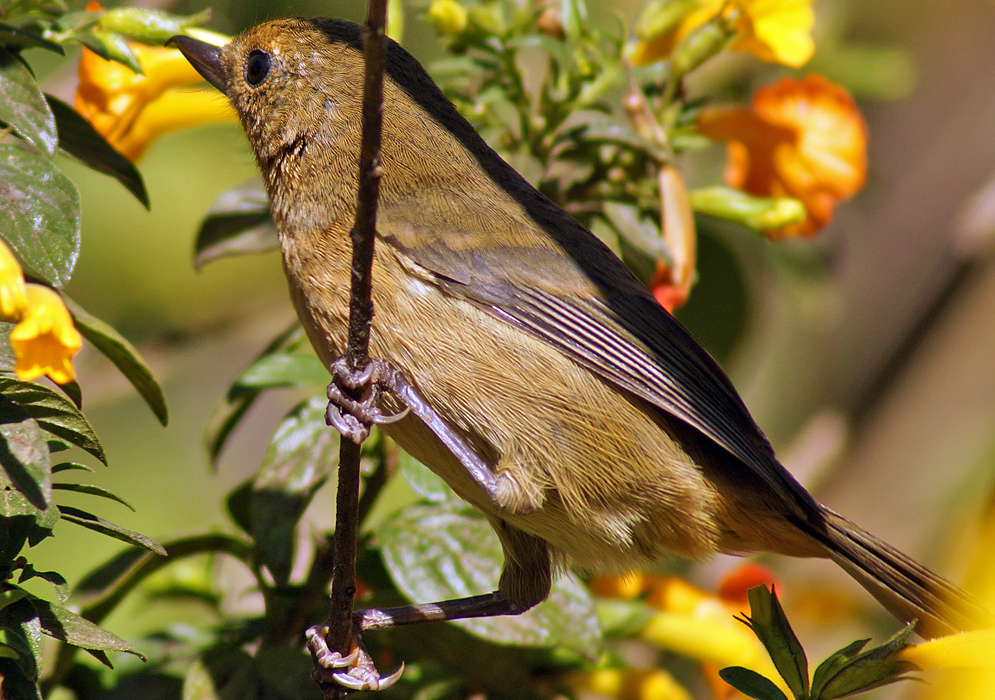This post has 11 Simple Fields-fields attached. Show fields.

The Rusty Flowerpiercer, is native to South America. The natural habitats of this species are diverse, ranging from subtropical or tropical moist montane forests and high-altitude shrublands to heavily degraded former forests. Interestingly, they are also found in artificial or terrestrial environments such as arable land, rural gardens, and degraded former forests. The Rusty Flowerpiercer is categorized as 'Least Concern' by the IUCN. One notable aspect of the Rusty Flowerpiercer's behavior is its unique feeding strategy. These birds are often considered "parasites" of the pollination process because they access nectar without contacting the reproductive structures of plants. They achieve this through a specialized feeding technique known as nectar robbing, where they use their beaks to pierce the corolla of tubular flowers and extract nectar. This behavior contrasts with that of hummingbirds, which are more specialized in legitimate pollination. Photographed in the Sierra Nevada de Santa Marta, Colombia.

